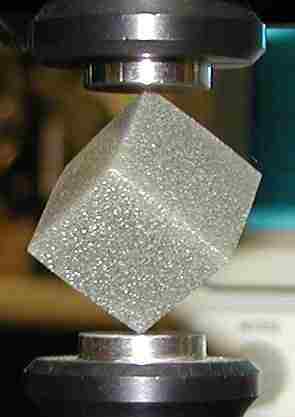|
University of Wisconsin |
|
|
|
|
 Lakes, R. S., Yoon, H. S. and Katz, J. L., "Ultrasonic wave propagation and attenuation in wet bone," J. Biomed. Engng., 8 143-148 (1986).
The propagation of ultrasonic longitudinal waves in bovine plexiform and wet human Haversian bone has been studied over the range 0.5 - 16 MHz.
Little velocity dispersion was observed, in contrast to the results of earlier studies on dry bone. Large values of attenuation were observed.
Lakes, R. S., Yoon, H. S. and Katz, J. L., "Ultrasonic wave propagation and attenuation in wet bone," J. Biomed. Engng., 8 143-148 (1986).
The propagation of ultrasonic longitudinal waves in bovine plexiform and wet human Haversian bone has been studied over the range 0.5 - 16 MHz.
Little velocity dispersion was observed, in contrast to the results of earlier studies on dry bone. Large values of attenuation were observed.